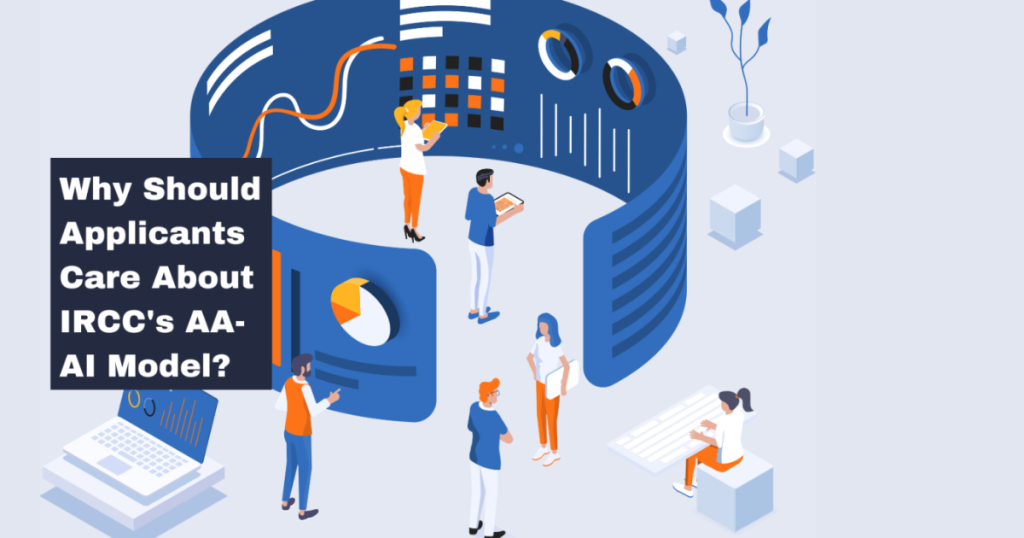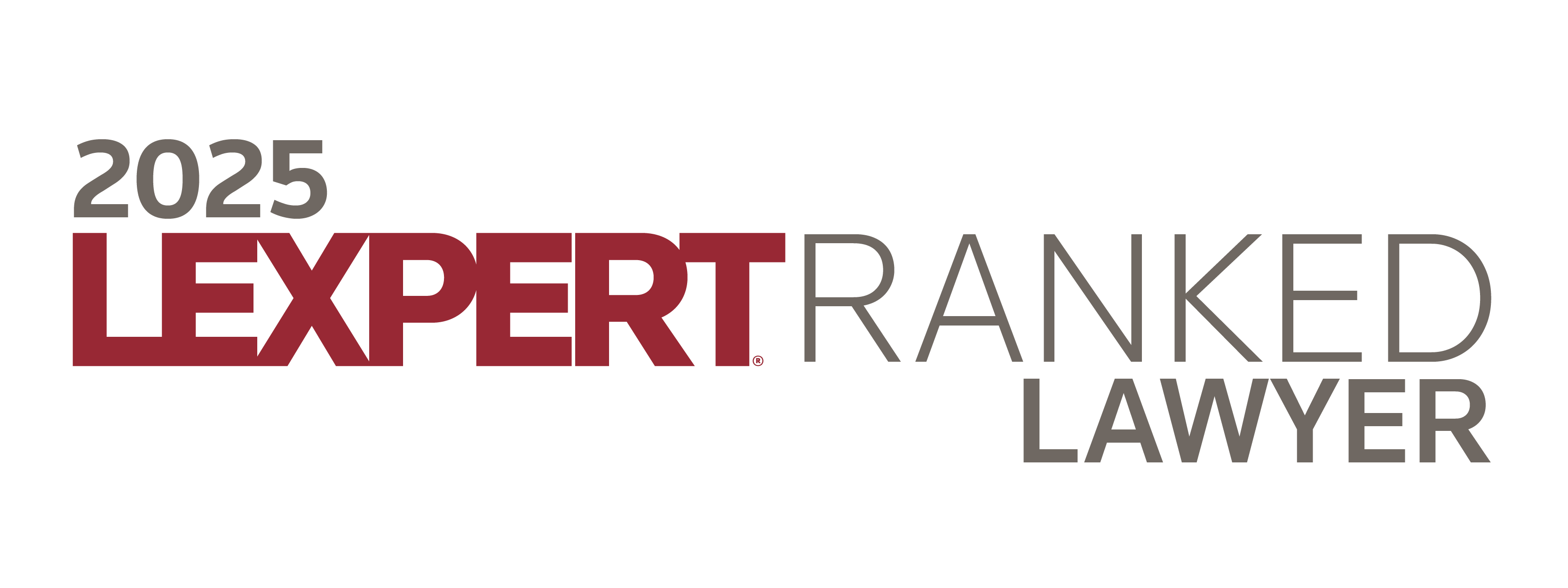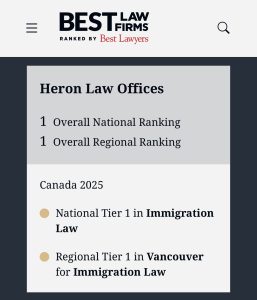
One of the public education pieces I continue to work on is informing both the public and clients about how Immigration, Refugees and Citizenship Canada (IRCC) actually processes files. I find there is a lot of misinformation, especially from agents and even practitioners about their ability to game or manipulate the results. IRCC’s limited transparency on how these systems work (as their Policy Playbook points out) is partially about providing system integrity from those seeking to game the system, but also in my opinion to make these decisions more difficult to meaningfully challenge in litigation.
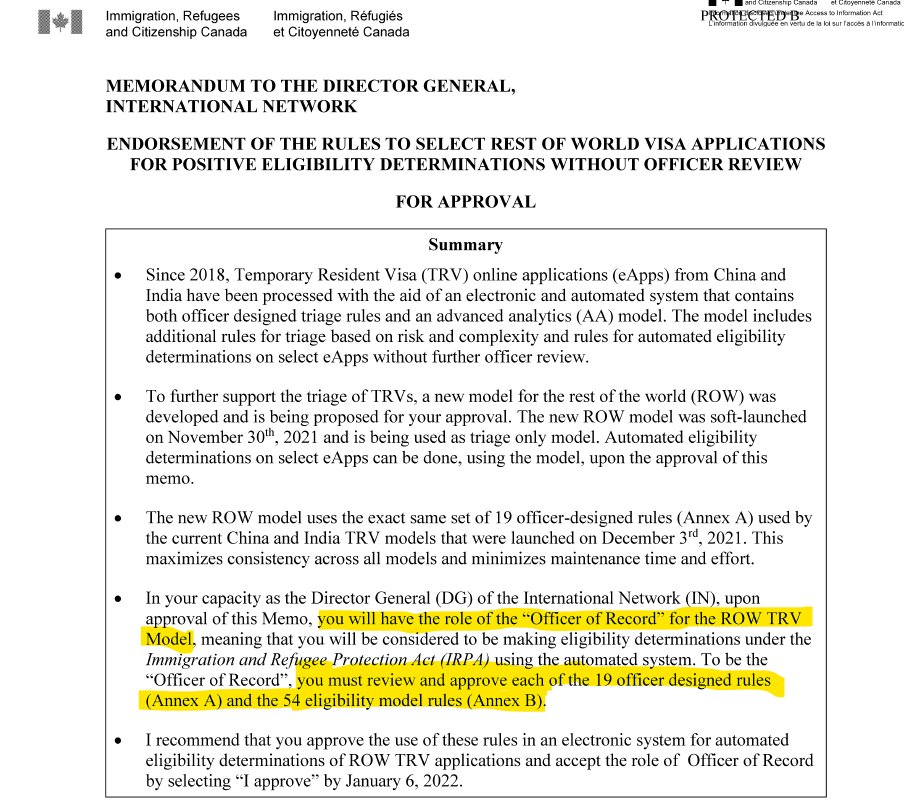
For example, for the TRVs for the ROW model shown above, there are first 19 officer-designated rules that pull an application out for human review. After that, the applications then go through the Advanced Analytics-Artificial Intelligence (AA-AI) model that applies 54 eligibility approval rules to sort files into Tier 1 ( low risk, eligibility automatically approved), Tier 2 (medium risk), and Tier 3 (high risk).

Each IRCC AA-AI model has a different tiering system (some only have Tier 1 and Tier 2). For the Visitor Record extension AA model shown above, there are 9 officer-designated rules, 18 eligibility rules, and 3 withdrawal/cancellation rules.
Why does this matter to applicants?
It is not your representative (although some bad representatives can lead your application to be risk flagged and pulled out) nor your personal letters of explanation that dictate the process. These could be things that eventually favour your discretion if you are a Tier 2 application (for example), but largely these are after-thoughts and especially with how Chinook/Cumulus interface on the back-end, refusals are very much rendered with no consideration of what your rep or you may have written in support of an application.
